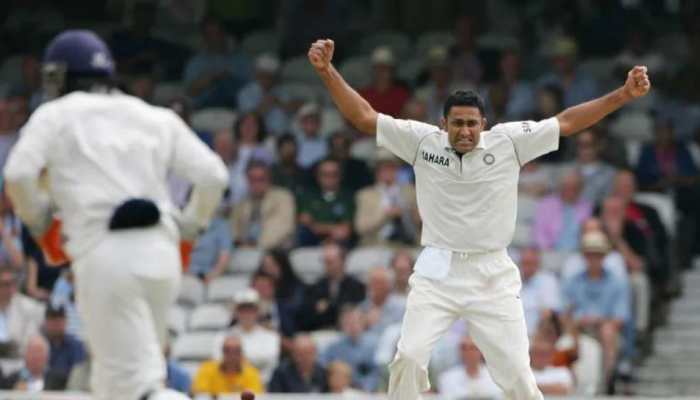Delhi's air quality remains in 'VERY POOR' category, AQI reaches 329
The air quality of Delhi has deteriorated since Diwali and still falls under the “very poor” category with an overall AQI of 329, while the AQI of the Anand Vihar area of Delhi is 404.
Trending Photos
) Image source: Twitter
Image source: Twitter Delhi's pollution levels have increased since Diwali with people celebrating the festival by bursting firecrackers despite a ban imposed by the AAP government in order to keep air pollution levels in check. The air quality in Delhi still falls under the “very poor” category with an overall AQI of 329, while the AQI of the Anand Vihar area of Delhi is 404. According to the Meteorological Department, today's maximum temperature has been estimated to be 32 °C and minimum temperature up to 15 °C. Today the sky will be clear.
Earlier on Wednesday, Delhi's particulate matter (PM) 2.5 pollution levels were three to four times above the national standard of 60 micrograms per cubic metre for 24 hours.
Also Read: 'Still a long way to go...': Arvind Kejriwal on 'very poor' AQI in Delhi after Diwali
The capital had recorded "very poor" air quality on Tuesday after, but the pollution levels for the next day were the lowest since 2015, thanks to warm and windier conditions that diluted its effect. In the last two years, Delhi and its neighbouring areas had witnessed 'severe' air quality post-Diwali, which was celebrated in November, with intense smog enveloping the region for days as stubble burning peaks during the month while low temperatures and calm winds trap pollutants.
Since Diwali was observed early in the season this year, moderately warm and windier conditions prevented the rapid accumulation of pollutants from firecrackers and reduced the effect of stubble burning.
Delhi's AQI on the day after Diwali stood at 360 in 2015, 445 in 2016, 403 in 2017, 390 in 2018, 368 in 2019, 435 in 2020 and 462 in 2021. According to the Delhi Pollution Control Committee, the capital registered a 64 per cent reduction in PM2.5 concentration and a 57 per cent drop in PM10 levels on Diwali this year as compared to last year.
It attributed the relatively better air quality this time to the reduction in stubble-burning incidents in Punjab, better meteorological conditions and "less bursting of firecrackers".
Stage one in a case of 'poor' air quality (AQI 201-300); stage two for 'very poor' air quality (AQI 301-400); stage three for 'severe' air quality (AQI 401-450); and stage four for 'severe plus' (AQI >450).
Stay informed on all the latest news, real-time breaking news updates, and follow all the important headlines in india news and world News on Zee News.
Live Tv







)
)
)
)
)
)
)
)
)
)
